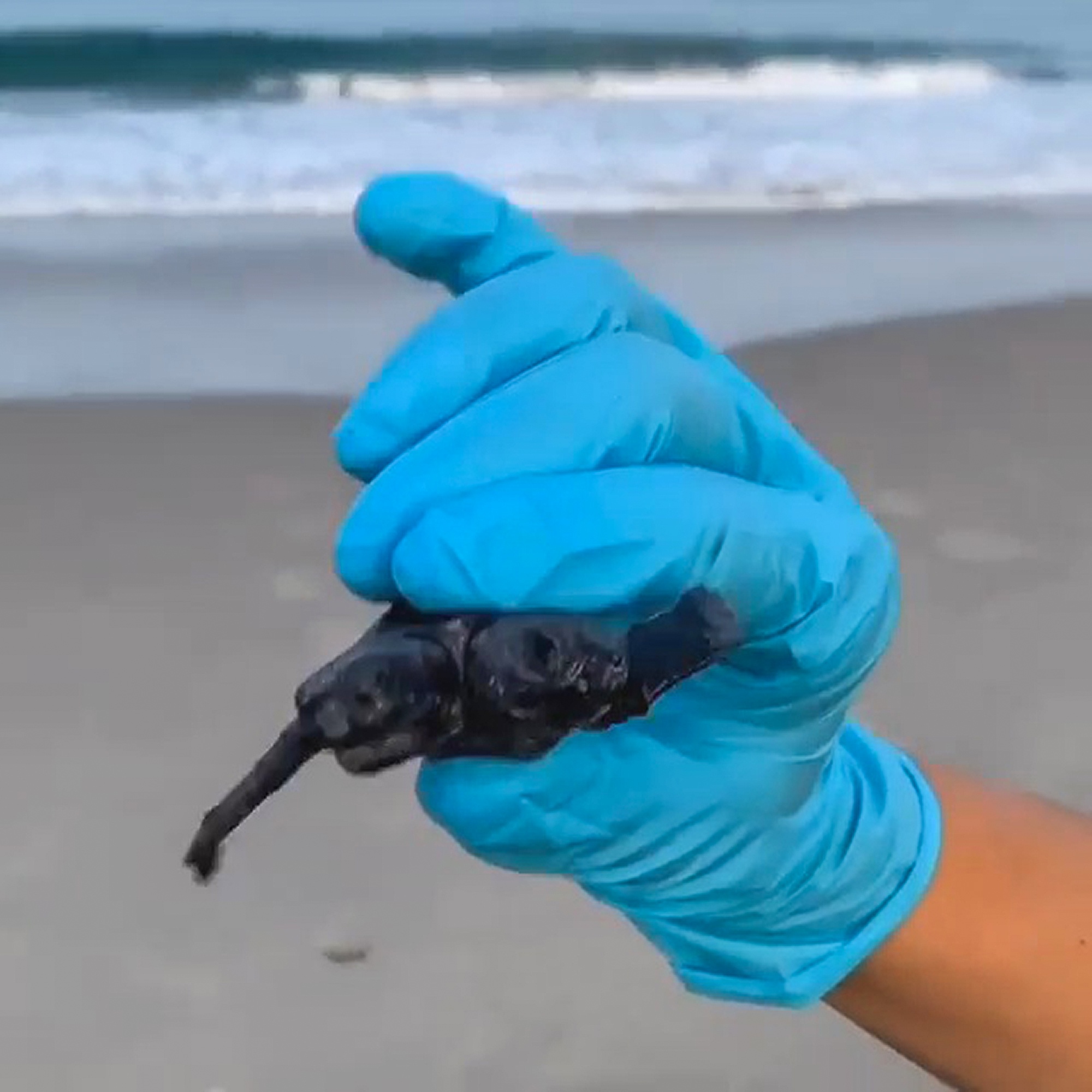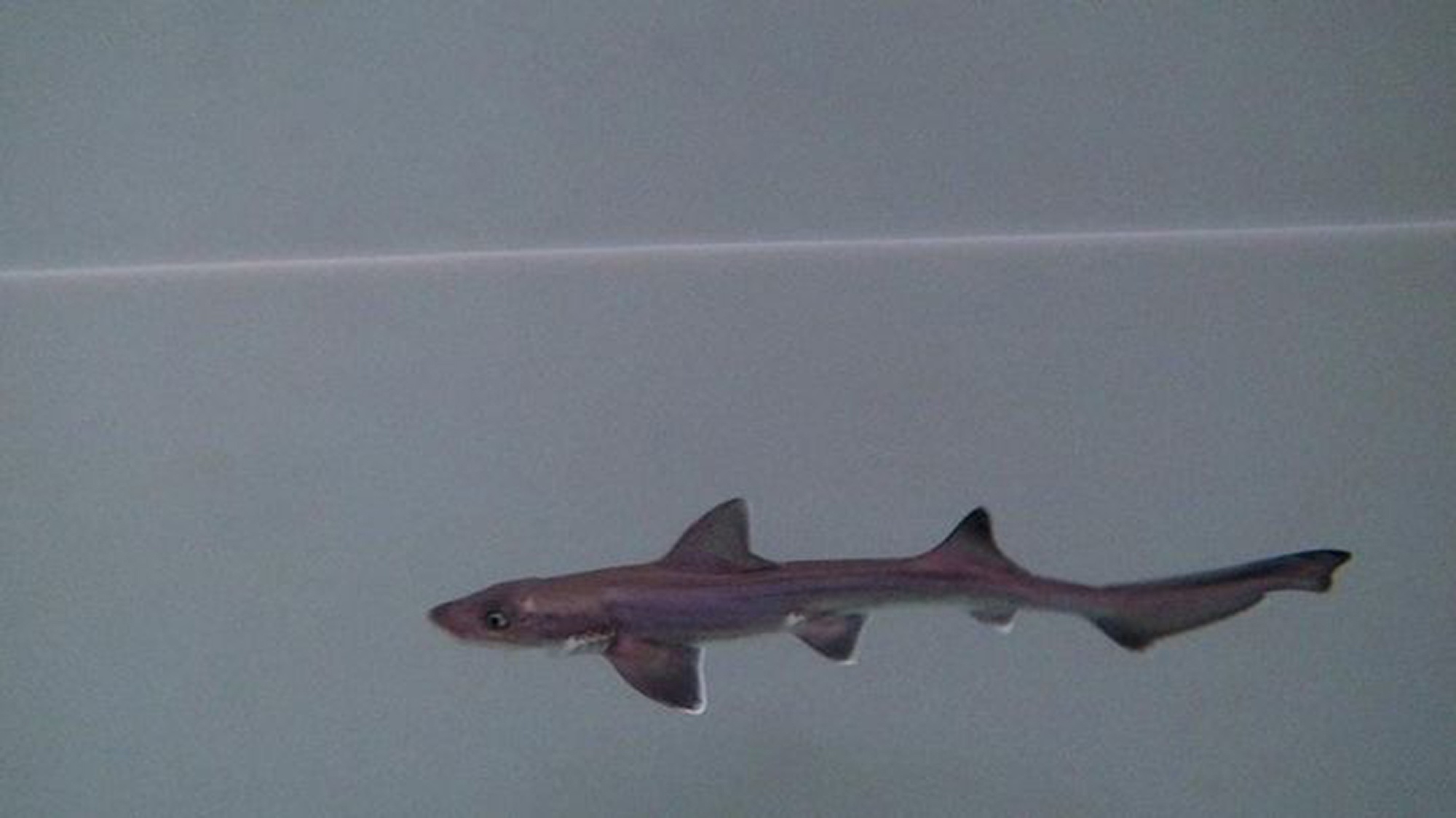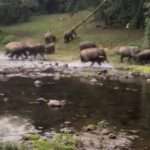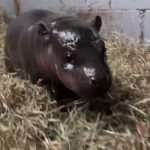The grisly scene shows a pack of wolves feasting on a dead antelope after they supposedly ambushed it in its mating area.
In the footage, the three wolves can be seen fighting over which one to devour the dead Tibetan antelope first in the Altun Shan National Nature Reserve, in the southeast of China’s Xinjiang Autonomous Region.
Staff from the natural reserve said they came across several packs of wolves which they claim were waiting for a shot to kill the antelope in its mating zone.
They revealed that more than 30 wolves were spotted in the area in a single day, among which the largest pack was made up of nine wolves.

Their strategy, according to the natural reserve employees, was to ambush antelope herds, and hunt down the weaker ones.
Netizens on China’s version of TikTok, Douyin, shared their thoughts on the video in the comment box after it emerged online on 4th January.
Wild Wolf Acts Like Puppy And Even Wags Tail To Beg Food
Douyin user ‘I am Damei Xinjiang’ said: “This is the law of the jungle.”
Then user ‘first love’ commented: “Why not hunt wild wolves? Are they useful to us humans?”
And ‘Lin Jieyi’ added: “It is the law of nature and it is not right for humans to interfere.”

Tibetan antelopes (Pantholops hodgsonii) are native to China, with a smaller population living in India and Bhutan in the high altitude plains, hill plateau, and montane valley.
They have been protected under the Convention on International Trade in Endangered Species (CITES) as of 1979.
There are reportedly less than 150,000 mature individuals left in the wild. But the population is currently believed to be increasing.










